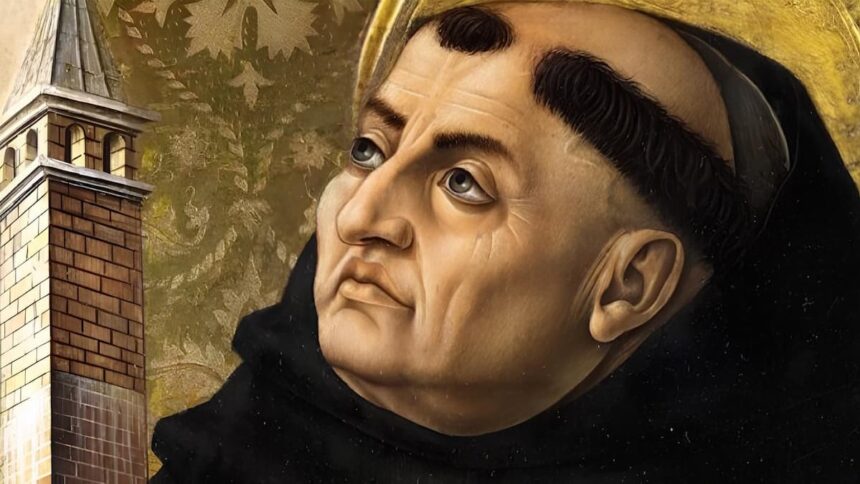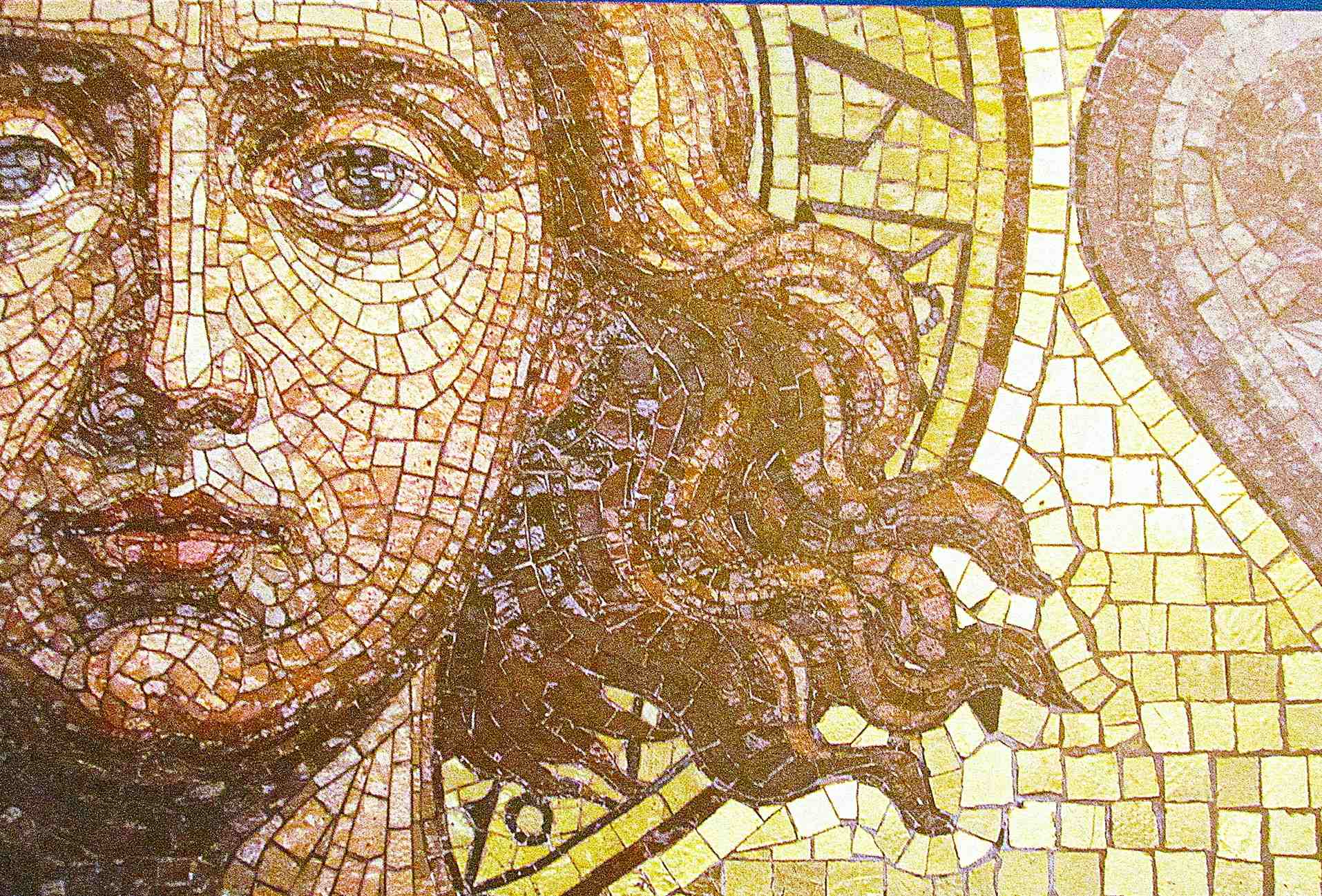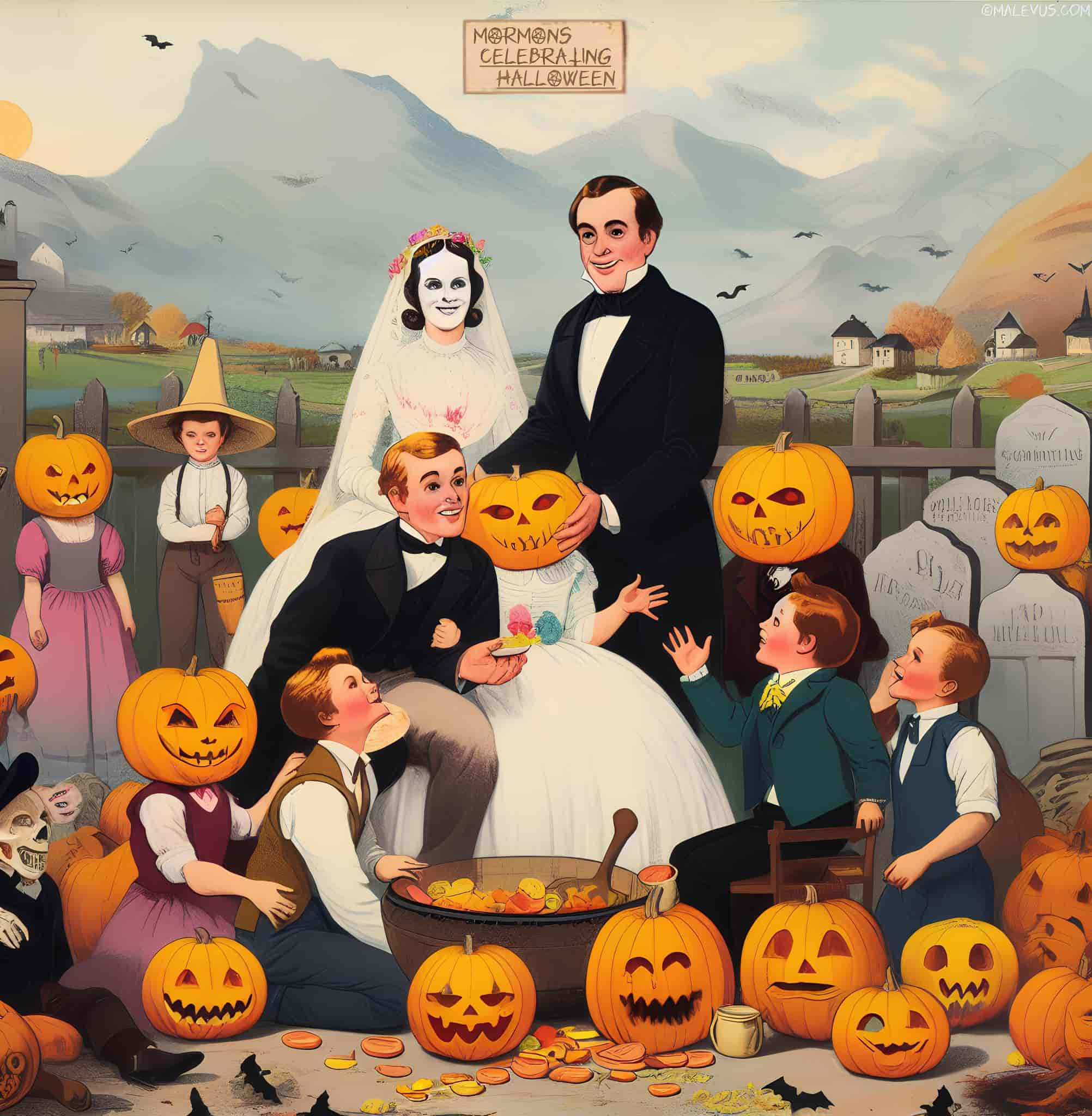10 Facts About Thomas Aquinas
Four mnemonic rules, five proofs of God's existence, tasks of theology, superiority of oral speech over written, reasons why the activities of the Dominicans make sense, and other important discoveries, as well as biographical facts about the Sicilian Bull.






